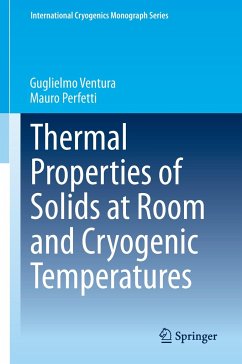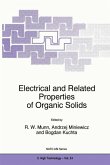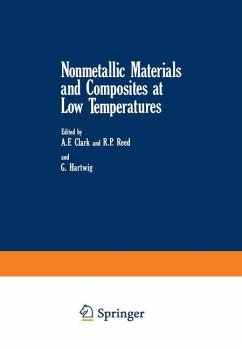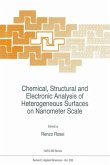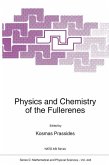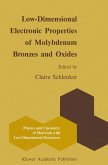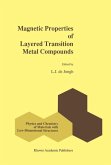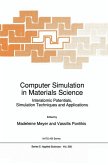The minimum temperature in the natural universe is 2.7 K. Laboratory refrigerators can reach temperatures in the microkelvin range. Modern industrial refrigerators cool foods at 200 K, whereas space mission payloads must be capable of working at temperatures as low as 20 K. Superconducting magnets used for NMR work at 4.2 K.
Hence the properties of materials must be accurately known also at cryogenic temperatures.
This book provides a guide for engineers, physicists, chemists, technicians who wish to approach the field of low-temperature material properties. The focus is on the thermal properties and a large spectrum of experimental cases is reported. The book presents updated tables of low-temperature data on materials and a thorough bibliography supplements any further research.
Key Features include:
° Detailed technical description of experiments
° Description of the newest cryogenic apparatus
° Offers data on cryogenic properties of the latest new materials
° Current reference review
Hence the properties of materials must be accurately known also at cryogenic temperatures.
This book provides a guide for engineers, physicists, chemists, technicians who wish to approach the field of low-temperature material properties. The focus is on the thermal properties and a large spectrum of experimental cases is reported. The book presents updated tables of low-temperature data on materials and a thorough bibliography supplements any further research.
Key Features include:
° Detailed technical description of experiments
° Description of the newest cryogenic apparatus
° Offers data on cryogenic properties of the latest new materials
° Current reference review

